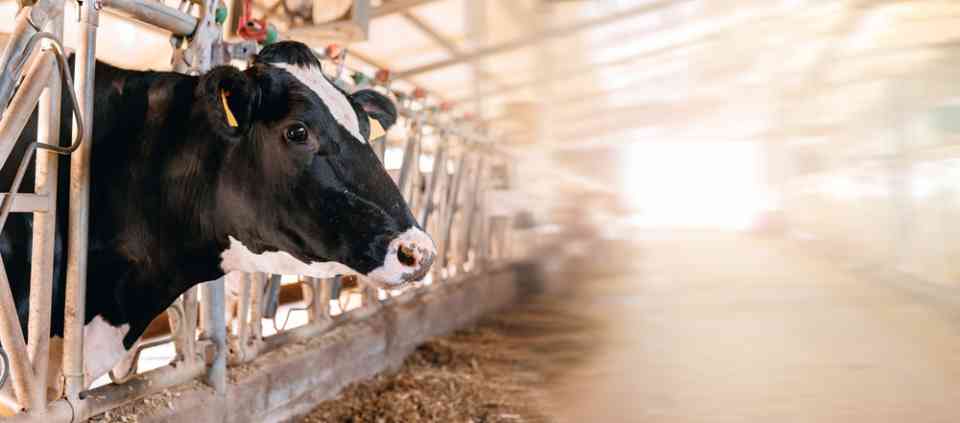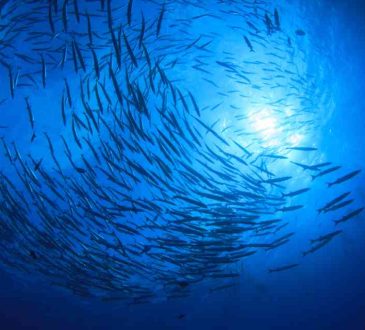Targeted Reductions in Meat Production in Richest Countries to Boost Climate Goals

Scientists and environmental advocates have long urged significant cuts in meat production to mitigate emissions and counteract climate change. Yet, a new study suggests that even modest reductions—particularly by wealthier nations—could sequester around 125 billion tons of carbon dioxide, surpassing total global fossil fuel emissions from the last three years.
The analysis points out that a reduction of approximately 13% in meat production across high-income nations could substantially lower the land required for cattle grazing, allowing current pastureland to return to forest. The regrowth of forests, a powerful natural means of absorbing carbon dioxide (CO₂), would bring about marked declines in emissions, potentially capturing an amount of carbon equivalent to three years of global fossil fuel emissions.
Matthew N. Hayek, assistant professor at New York University and lead author of the study, published in the Proceedings of the National Academy of Sciences, emphasized that even moderate reductions in global beef output could yield significant climate benefits. He noted that strategically restoring forests in regions with high carbon sequestration potential could maximize climate gains with minimal impact on food supplies.
The study highlighted that areas currently used for pasture, especially those that were once forested, offer great promise for reversing climate change impacts. In these “potential native forest” regions, removing livestock could enable ecosystems to revert to their natural forested state, capturing carbon in both trees and soil.
High- and upper-middle-income countries are identified as prime candidates for such reductions, as some of their pasture areas produce relatively little grass per acre due to limited growing seasons. These lands, the researchers argue, could instead support dense, carbon-sequestering forests with deep soils. This approach contrasts with regions like sub-Saharan Africa and South America, where year-round pasture growth supports more efficient livestock production. Additionally, the study suggests that lower-income regions could offset minor production cuts in wealthier countries by improving the efficiency of grass-fed cattle operations.
Hayek clarified that the proposed strategy is not a universal solution but rather a regionally tailored approach. By enhancing cattle herd efficiency in some areas while reducing production in others, the study posits a “win-win” for both climate goals and food production.
Expanding the restoration effort could yield even greater climate benefits, the research suggests. Removing all grazing livestock from regions suitable for native forests could sequester up to 445 gigatons of CO₂ by 2100—equivalent to over a decade of global fossil fuel emissions. Notably, the study asserts that livestock grazing could still continue on native grasslands and dry rangelands, areas unsuited for forests or crops. Since these regions currently account for more than half of global pasture production, this ambitious scenario would require less than a 50% reduction in global cattle, sheep, and livestock herds.
Hayek noted that remote sensing technology enabled the research team to gauge pasture productivity, or the volume of consumable grass for livestock, to project climate outcomes from production cuts. Johannes Piipponen, co-author and doctoral candidate at Aalto University in Finland, led these technical advancements, explaining that the study’s methodology now allows for precise estimates of pasture and beef production loss required to enable forest regrowth.
For consumers in high-income areas like Europe and North America, the study suggests that curbing excessive meat consumption can benefit both health and the environment. The team’s findings, supported by detailed maps, provide data to help prioritize regions where policy interventions—such as forest conservation incentives or buyouts for beef producers—could accelerate forest restoration and carbon sequestration efforts.
Have you read?
Countries: Women in the workforce.
Countries: Personal space.
World’s Most (And Least) Religious Countries.
Best Countries to Invest In Travel, Tourism, and Hospitality.
Most Forested Countries In The World.
Bring the best of the CEOWORLD magazine's global journalism to audiences in the United States and around the world. - Add CEOWORLD magazine to your Google News feed.
Follow CEOWORLD magazine headlines on: Google News, LinkedIn, Twitter, and Facebook.
Copyright 2025 The CEOWORLD magazine. All rights reserved. This material (and any extract from it) must not be copied, redistributed or placed on any website, without CEOWORLD magazine' prior written consent. For media queries, please contact: info@ceoworld.biz











